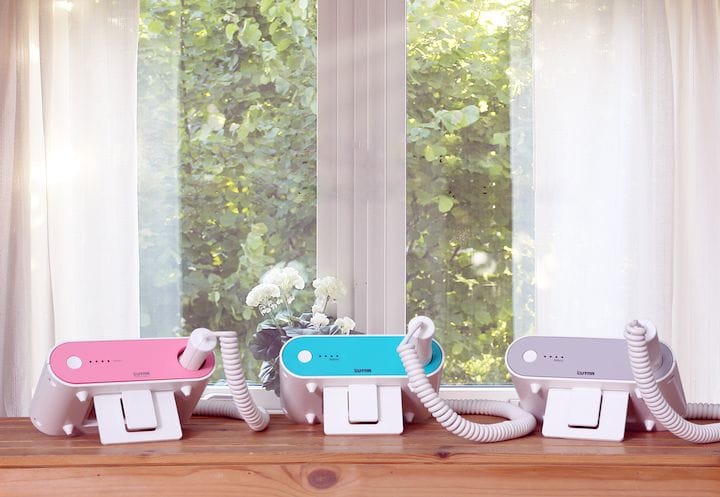![The WONDERCUTTER [Source: WONDERCUTTER]](https://fabbaloo.com/wp-content/uploads/2020/05/image-asset_img_5eb0a38870508.jpg)
There’s a very interesting tool that may be just right for 3D printing.
As any 3D printer operator knows, the work doesn’t stop with the printing. There are usually many steps required before and after 3D printing to complete the process, particularly after printing.
Parts must be removed from the print surface, smoothed, painted, glued together, but the most awkward stage is almost always the removal of support structures.
The support structures are printed alongside the actual print to support overhangs during 3D printing. They are temporary and must be removed and disposed of after the print completes.
Sometimes this is an easy task, if the gap between the support structures and model is adequate. In such cases the supports may be ripped off easily. In other cases it’s extraordinarily difficult if the supports are firmly attached and nearly impossible if they are embedded deeply where you can’t easily reach them.
Some systems have been developed to overcome this challenge. One involves using a dissolvable support material that greatly simplifies the process: just drop the completed print into the appropriate solvent (often plain water) and wait for the dissolve to complete.
A unique support removal system has been devised by Rize, who apply an inhibiting liquid on the boundary between the support structure and the model. This allows for physical support, but afterwards the supports are easily removed by hand.
Unfortunately, most 3D printers do not act that way. In particular, SLA-style 3D printers are most affected by this, because they have no opportunity to introduce different materials into their printing processes: it’s all in a single material.
Even worse, the high resolution of the SLA devices means that supports are often more dense than you might find on non-SLA devices, and they seem to often attach more strongly in some cases.
This leads to a situation where you sometimes have to tediously snip off all the support connections to release the part. I don’t know about you, but I can’t stand tedious work.
I’ll do it once in a while, but I now imagine a workshop where a fleet of SLA printers are producing a dozen prints per hour. The poor operator must do that tedious work continuously – all day long!
![Components of the WONDERCUTTER [Source: WONDERCUTTER]](https://fabbaloo.com/wp-content/uploads/2020/05/image-asset_img_5eb0a388cafd0.jpg)
One way to simplify the work is to use this new tool, the WONDERCUTTER.
It is an ultrasonic knife: the system vibrates the blade at an astonishing 40,000 shakes per second. This is like moving the cutting blade back and forth at that rate. It will slide easily through anything it encounters.
Now think back to that 3D printer operator with the tedious work: this tool could make that work fantastically easier to accomplish. Just slide the blade through the support attachments and it will immediately drop off with almost zero effort.
The WONDERCUTTER seems to use standard replacement blades, along with electricity for its rechargeable battery. The tool is powered by a wired connection to a belt-attached power unit.
The device is not inexpensive, however, as it is priced at US$385. This is why I think it might be most appropriate for a factory where cutting is nearly continuous.
Via WONDERCUTTER








